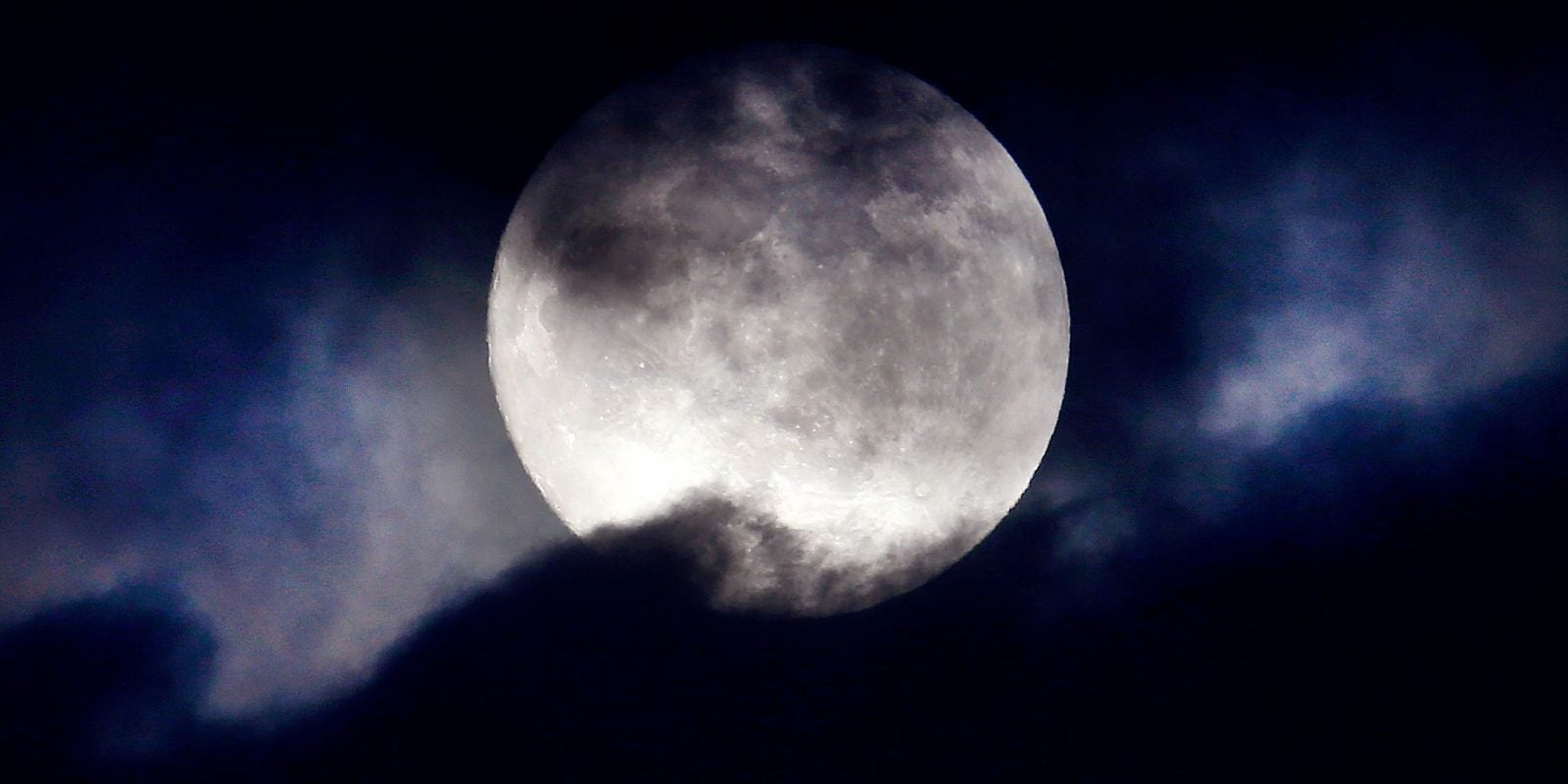China will make history by launching the first mission to the far side of the Moon
China is about to send spacecraft where no one has before: to the far side of the Moon.


China is about to send spacecraft where no one has before: to the far side of the Moon.
The Chang’e 4 mission will launch on a Long March 3B rocket from Xichang Satellite Launch Centre in Sichuan, China, at about 1:30pm US eastern time on Friday (Dec. 7). Named after the lunar goddess Chang’e, a famous figure in Chinese folklore, the spacecraft—made up of a rover and lander—is set to land within the South Pole-Aitken basin in 27 days if all goes according to plan. The SPA basin is of interest to scientists because it is the oldest and largest impact feature on the Moon, likely created by a giant asteroid impact billions of years ago.
Otherwise known as the dark side of the Moon, the celestial body’s far side always faces away from the Earth because of an orbital phenomenon known as “tidal locking.” If the Chang’e mission is successful, China’s rapidly growing space program would lead the way in exploring this relatively unknown area. “Going to the far side of the Moon is a major technological feather in the cap for China,” Katherine Joy, a lunar scientist at the University of Manchester, told the Guardian.
China has laid out ambitious plans for lunar exploration. Earlier this year, the China National Space Administration announced that the nation intended to build a lunar outpost where scientists would live and conduct their research. In May, China also launched the relay communication satellite Queqiao, whose aim is to collect data from Chang’e 4 to send back to earth—this data, China hopes, might hold clues to the origins of the universe.
In a study published last month, researchers at the University of Chinese Academy of Sciences laid out more objectives for Chang’e 4, including investigating the mineral composition and radio frequencies on the far side. The mission is also carrying seeds and silkworm eggs for a “lunar biosphere” experiment to try and grow plants on the Moon. If Chang’e 4 is successful, China will have taken a great step in the space race.